Now that you understand the basics of access mats, it’s time to dive into the next step—planning. Learn how to evaluate your site, determine load requirements, and choose the right matting solutions to keep your project safe, efficient, and compliant from the ground up.
NEW TO SITE ACCESS?
Construction projects are sometimes located in areas that are not easily accessible without causing substantial damage to the environment. To give the project the best chance of success, site access techniques are used to create temporary roadways and work areas to help even the biggest projects become successful.
NEW TO MATTING?
WHAT IS GROUND PROTECTION, MATTING, AND SITE ACCESS?
When construction projects encounter challenging terrains like muddy fields, uneven ground, or environmentally sensitive areas, site access becomes a top priority. That’s where mats come in. Matting is known by many names; including ground protection mats, construction mats, site access mats, mud mats, or crane mats. But regardless the name, it is designed to provide a stable, reliable surface for heavy machinery, ensuring your projects run smoothly and safely. Whether you’re working on soft ground or protecting delicate ecosystems, mats help prevent costly delays, safeguard your equipment, and keep your team moving forward.
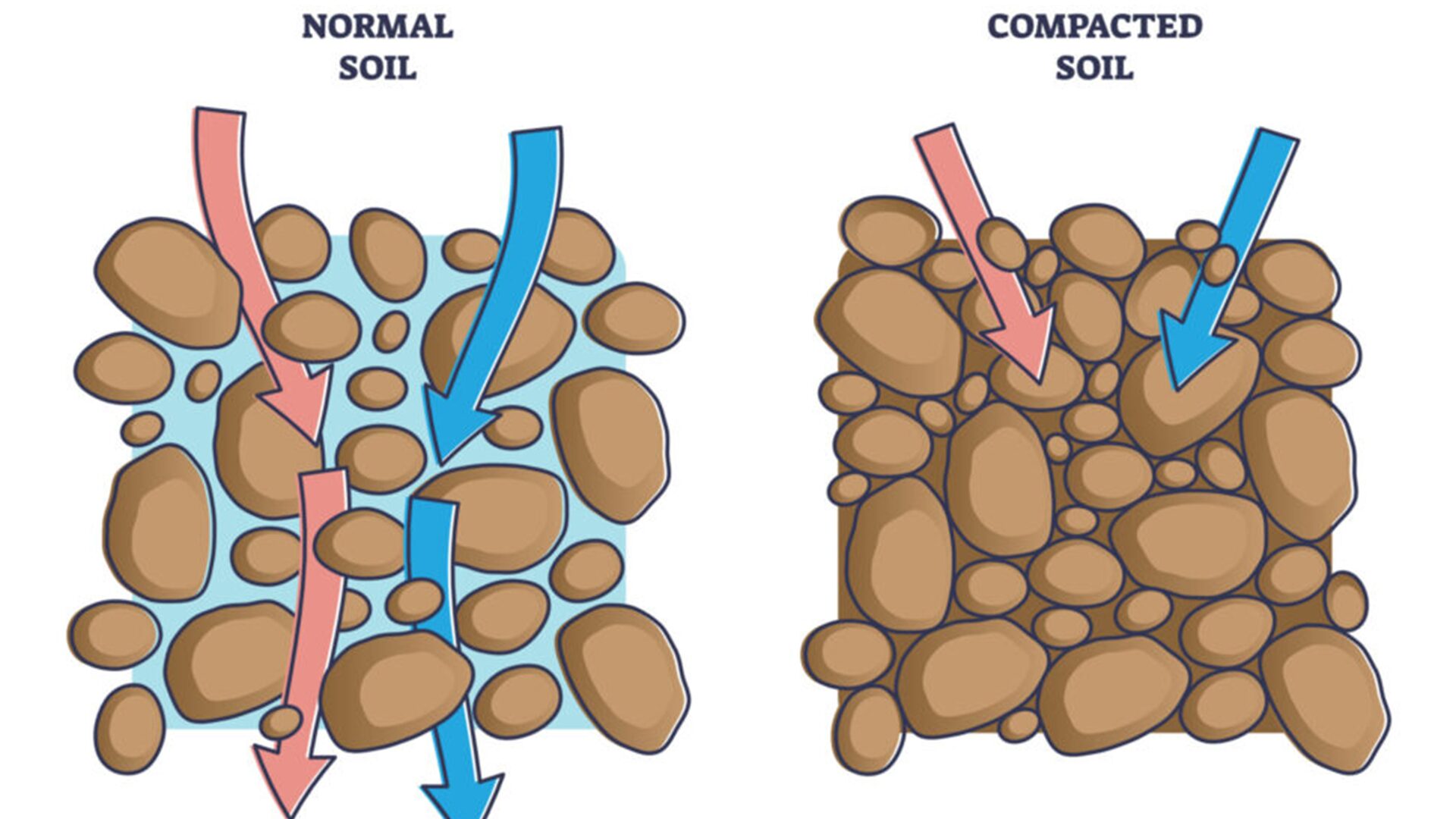
What is Ground Protection?
Ground protection prevents damage from heavy equipment and vehicles by distributing their load. Tires and tracks concentrate weight in small areas, leading to soil compaction, water displacement, and ruts. In farmland or natural areas, this can harm vegetation, damage underground utilities, and require costly restoration after the work is done.
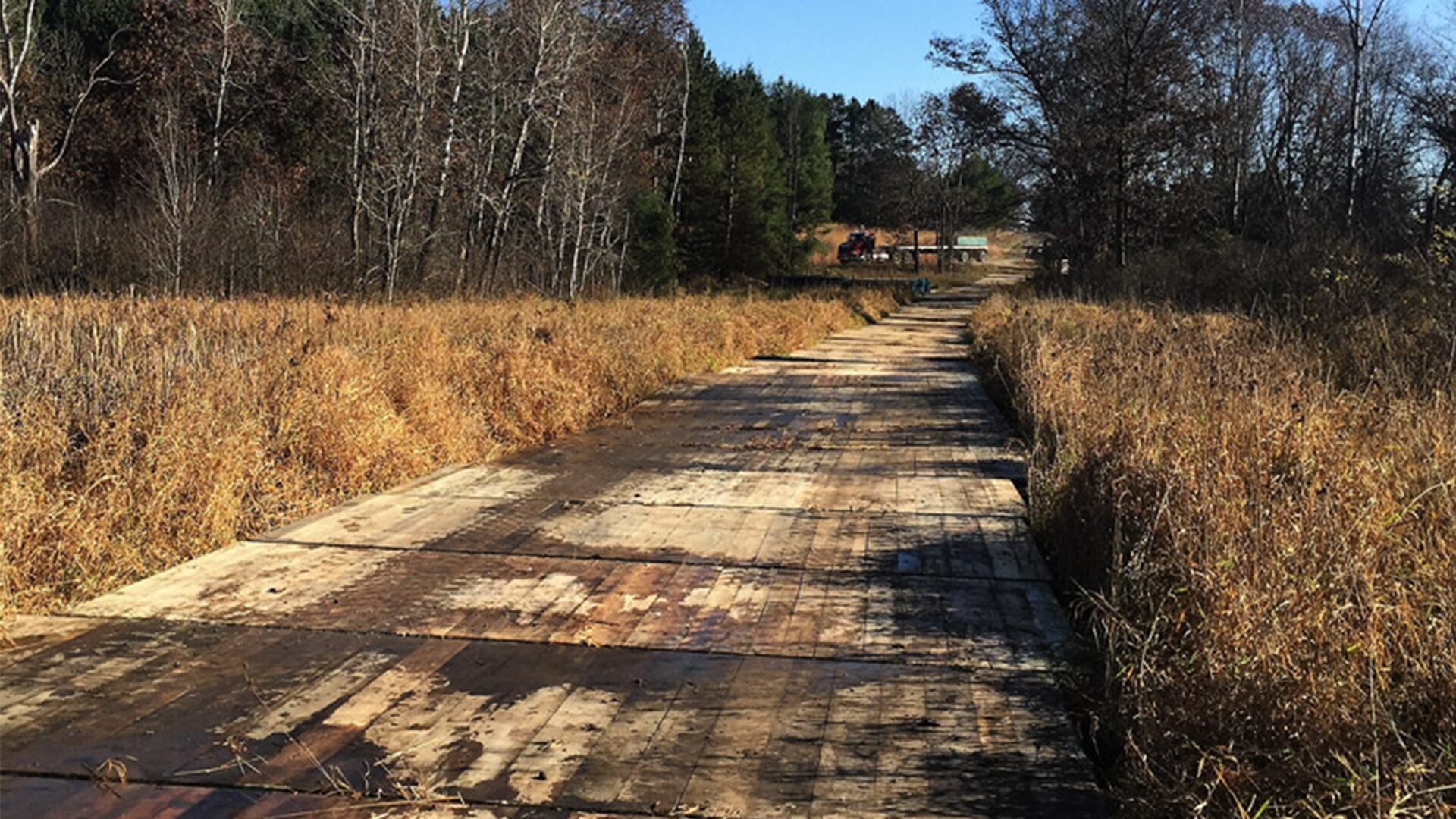
What is Matting?
Matting is used creates temporary roads and work pads to improve safety and efficiency on jobsites. It can be made from a variety of materials for light duty work to extremely large projects. The stable, elevated work surface keeps personnel and equipment out of the mud while the load dispersion capabilities reduce pressure on the ground.
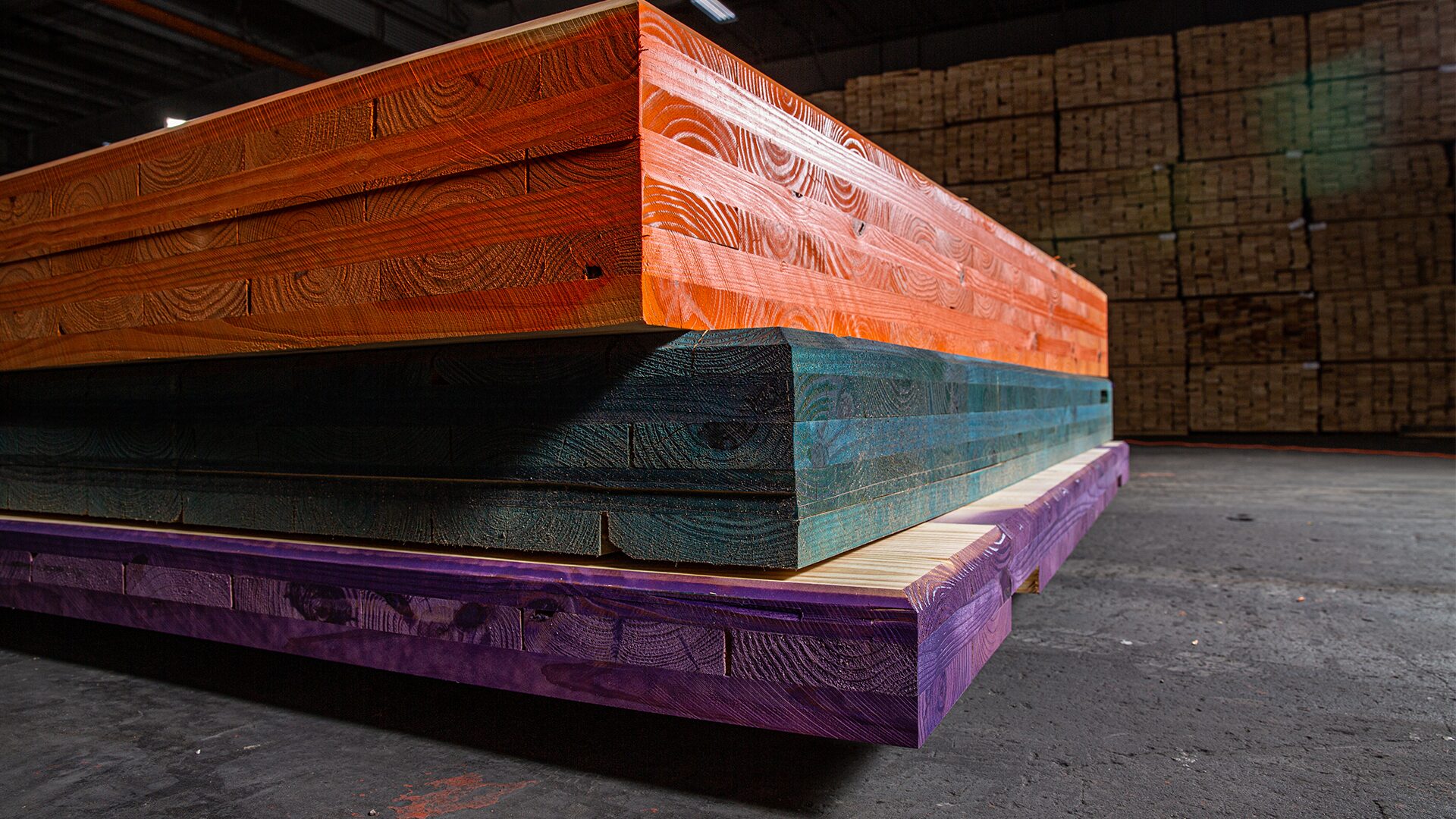
Does Mat Type Matter?
Matting ranges from 1″ thick lightweight plastic sheets to heavy-duty 12″ crane mats. The right choice depends on ground conditions, load requirements, environmental regulations, and more. CLT mats excel on soft ground due to their strength and load distribution, while composite mats are ideal for oil or chemical sites due to their non-porous surface.
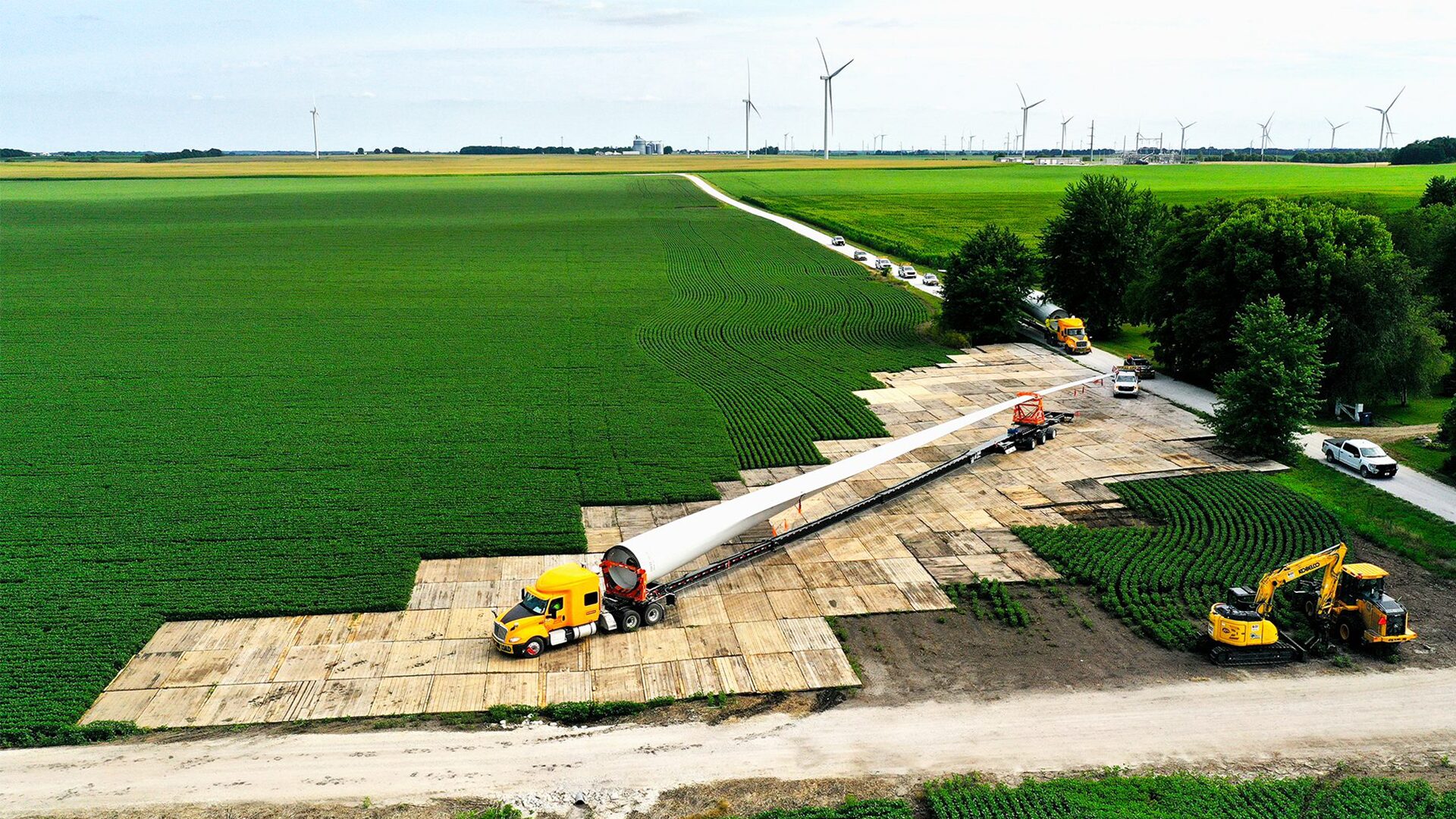
What Is Site Access?
Site access is the process of ensuring that crews, equipment, and materials can safely and efficiently reach a jobsite—especially in remote, soft, or sensitive areas. It involves planning around ground conditions, vehicle loads, and regulations to create stable, temporary pathways that keep work moving while minimizing environmental impact.

Why Is Site Access Important?
Site access ensures people, equipment, and materials reach the jobsite safely and efficiently. With proper planning and the right products, it reduces downtime, protects the environment, and boosts productivity. Construction mats create stable temporary roads, while bridges provide safe, fast crossings over rivers, ditches, and other obstacles.

Where Can Access Be Used?
Site access is especially important in sensitive areas like farms, wetlands, and protected ecosystems. Temporary matting protects soil and waterways, preserves wildlife access to resources, and helps minimize environmental impact. With proper planning, projects can stay safe, compliant, and sustainable—moving forward without damaging the surrounding environment.

What Are Site Access Mats?
Mats are modular platforms made from wood or composite material used to create access for heavy construction projects. They provide a stable surface for machinery on soft, uneven, or environmentally sensitive ground. Construction matting prevents equipment from getting stuck, reduces ground damage, and increases efficiency and safety.
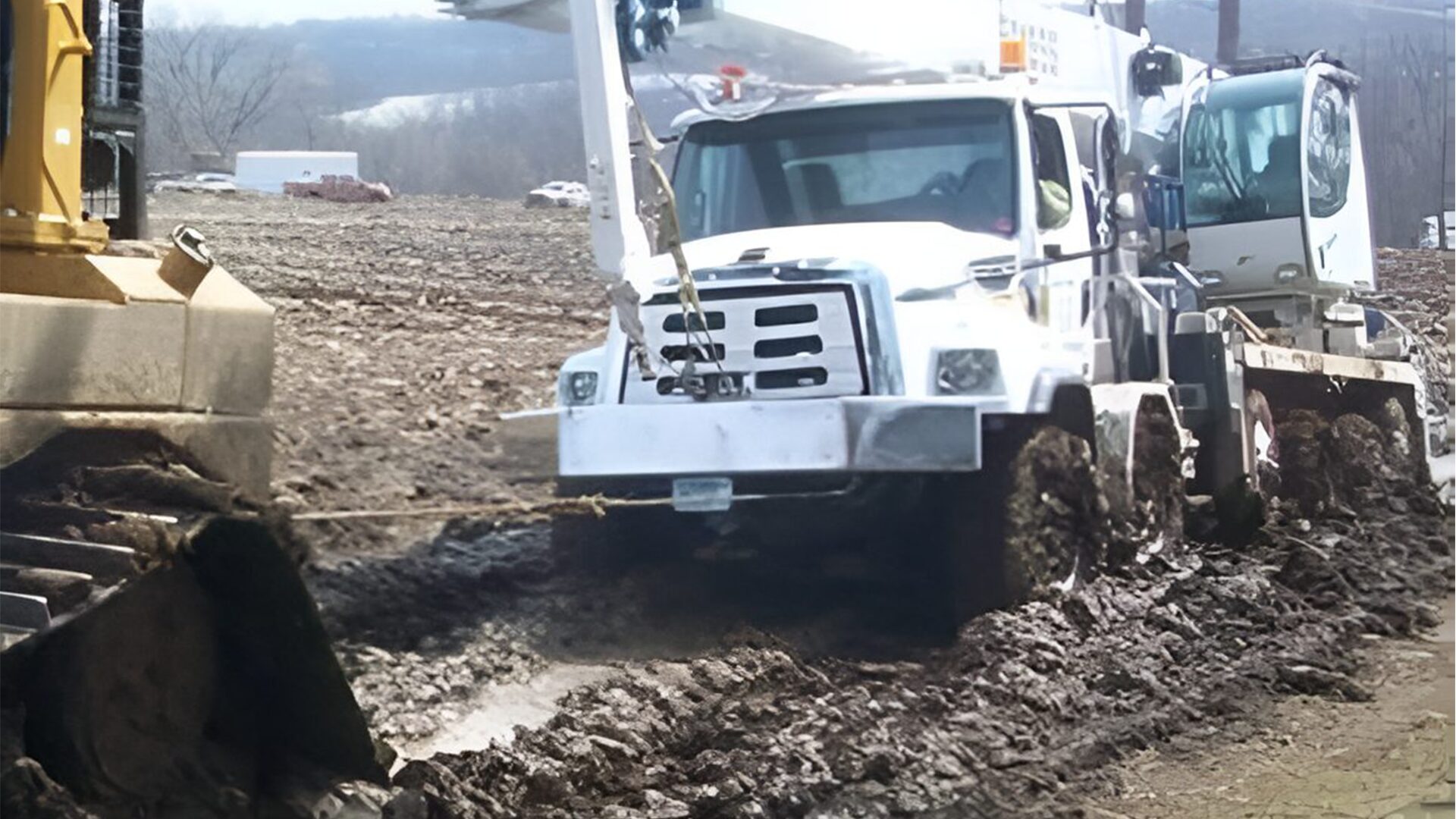
Why Do You Need Mats?
Site access mats keep construction projects moving by preventing equipment from getting stuck or damaged on muddy or uneven ground. They distribute weight, protect machinery and soil, and create a stable surface that reduces the risk of slips, trips, and delays—keeping jobsites safer and more productive.

How To Use Site Access?
Ground protection solutions create temporary roads, work pads, and staging areas for safe movement across difficult terrain. On soft or unpredictable ground—with hidden utilities or sensitive vegetation—mats provide a stable, durable surface that protects equipment, minimizes delays, and reduces environmental impact.
